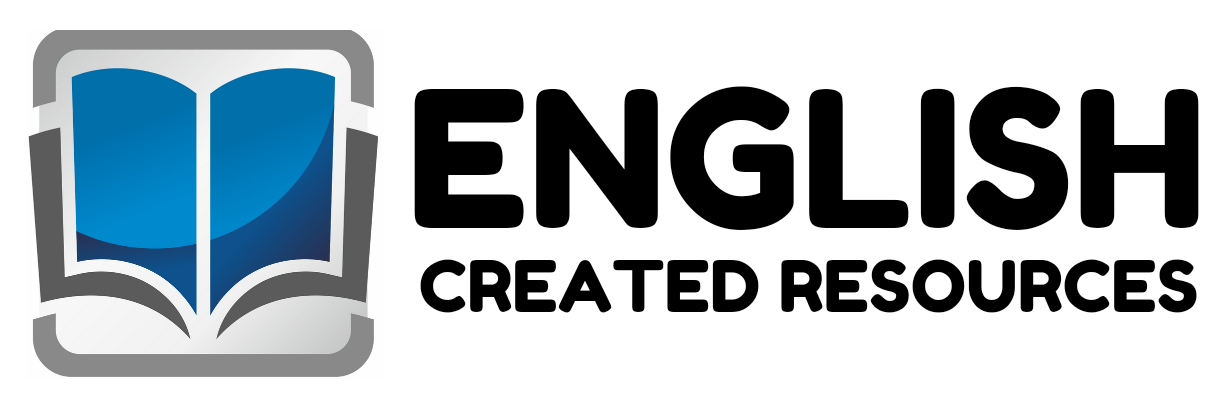Color Word Cards

Color Word Cards
Color word cards are simple yet powerful educational tools that play a crucial role in the early development of preschool children. These cards typically feature the name of a color (like “red,” “blue,” or “green”) often accompanied by a visual representation of the color itself. Although they may appear basic, color word cards serve multiple developmental purposes that support cognitive, language, social, and emotional growth. Their value extends far beyond learning colors—they lay a strong foundation for literacy, critical thinking, and classroom engagement.
1. Building Color Recognition Skills
Color recognition is one of the first educational milestones in early childhood. Learning to identify and name colors helps children make sense of the world around them. Color word cards allow children to visually associate a color with its corresponding name, strengthening their understanding through repetition and hands-on practice. These cards create a direct link between what a child sees and what they hear, bridging visual and verbal learning.
By repeatedly seeing the word “blue” on a blue background or “red” in red print, children internalize these connections. This helps in real-life scenarios, such as picking out clothes, describing objects, or participating in group activities, boosting their confidence and independence.
2. Early Literacy Development
One of the most important benefits of using color word cards is their impact on early literacy. Preschoolers are just beginning to explore the world of letters and words. Seeing color names printed on cards helps children recognize and memorize common sight words. Words like “red,” “blue,” and “yellow” become part of their early vocabulary bank, easing the transition into reading simple sentences.
In addition, color word cards introduce children to concepts such as spelling, phonemic awareness, and letter-sound relationships. For instance, when a child sees the word “green” and hears it spoken aloud, they begin to understand that letters represent sounds and that words carry meaning. This forms a crucial part of phonological awareness—a key predictor of reading success in later grades.
3. Enhancing Vocabulary and Communication Skills
Using color word cards encourages children to expand their vocabulary and use descriptive language. When children learn color names, they can better express their preferences, needs, and observations. For example, instead of saying “I want that one,” a child can specify, “I want the red ball,” making communication clearer and more effective.
Color word cards can be used in structured and spontaneous activities, such as sorting objects by color, playing matching games, or engaging in storytelling where colors are part of the narrative. These interactions not only reinforce vocabulary but also promote social communication skills as children learn to listen, respond, and collaborate.
4. Cognitive and Critical Thinking Development
Color word cards also enhance cognitive development. When children sort cards by color, match them with real objects, or engage in games involving colors, they are practicing categorization, memory, and problem-solving skills. These tasks stimulate the brain and build essential executive functioning abilities like attention, planning, and task-switching.
Additionally, activities involving color word cards encourage children to make associations, notice patterns, and draw conclusions. For example, a child might notice that bananas are yellow just like the card labeled “yellow,” helping them make real-world connections between abstract symbols (words) and tangible objects.
5. Emotional Development and Self-Expression
Colors play a significant role in emotions and self-expression. Color word cards can help children recognize and communicate their feelings. For instance, educators can use color-coded systems (e.g., red for anger, blue for sadness, yellow for happiness) to teach emotional awareness. By identifying how they feel through colors, children learn emotional regulation and empathy.
Moreover, engaging with colors allows for creativity and personal expression. Children may choose their favorite colors, associate colors with memories, or create colorful artwork using the words they’ve learned. This not only strengthens their sense of identity but also fosters joy in learning.
6. Support for Diverse Learners
Color word cards are inclusive and adaptable tools. They can be used with children of varying learning styles and abilities, including English Language Learners (ELLs) and children with special needs. Visual learners benefit from the color-coding and imagery, while auditory learners absorb the spoken word. Tactile learners can trace the words or handle the cards physically, deepening their engagement.
Teachers and caregivers can customize activities with color word cards to meet individual learning needs. For example, a child struggling with speech may benefit from pointing to a color card to communicate. A child learning English may use them to build basic vocabulary in a fun, visual way.
7. Classroom Management and Routine Building
In preschool settings, color word cards are often used in behavior charts, job assignments, and daily routines. Assigning roles or tasks based on color helps young learners understand sequences and take responsibility. For example, a child in the “blue group” may know it’s their turn to clean up or lead the line. This creates structure, fosters a sense of belonging, and helps manage transitions smoothly.
Color word cards are far more than colorful teaching aids—they are foundational tools that support a broad spectrum of developmental domains in preschool children. From boosting color recognition and early literacy to enhancing communication, cognitive skills, and emotional intelligence, these simple cards offer rich and varied educational benefits.
By integrating color word cards into daily routines, games, and creative activities, parents and educators can nurture a child’s curiosity and confidence while preparing them for academic success. The vibrant world of colors becomes a doorway to language, thought, and expression—a world every preschool child deserves to explore.
Samples From the Cards













